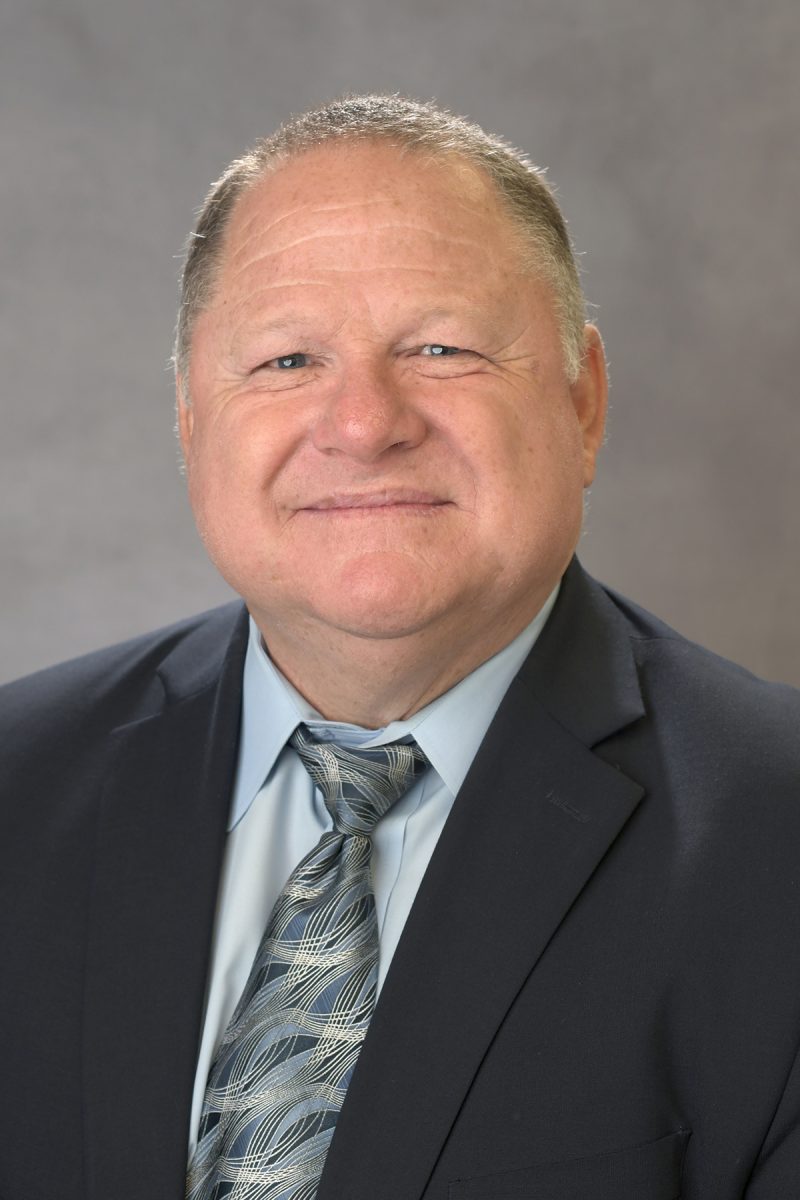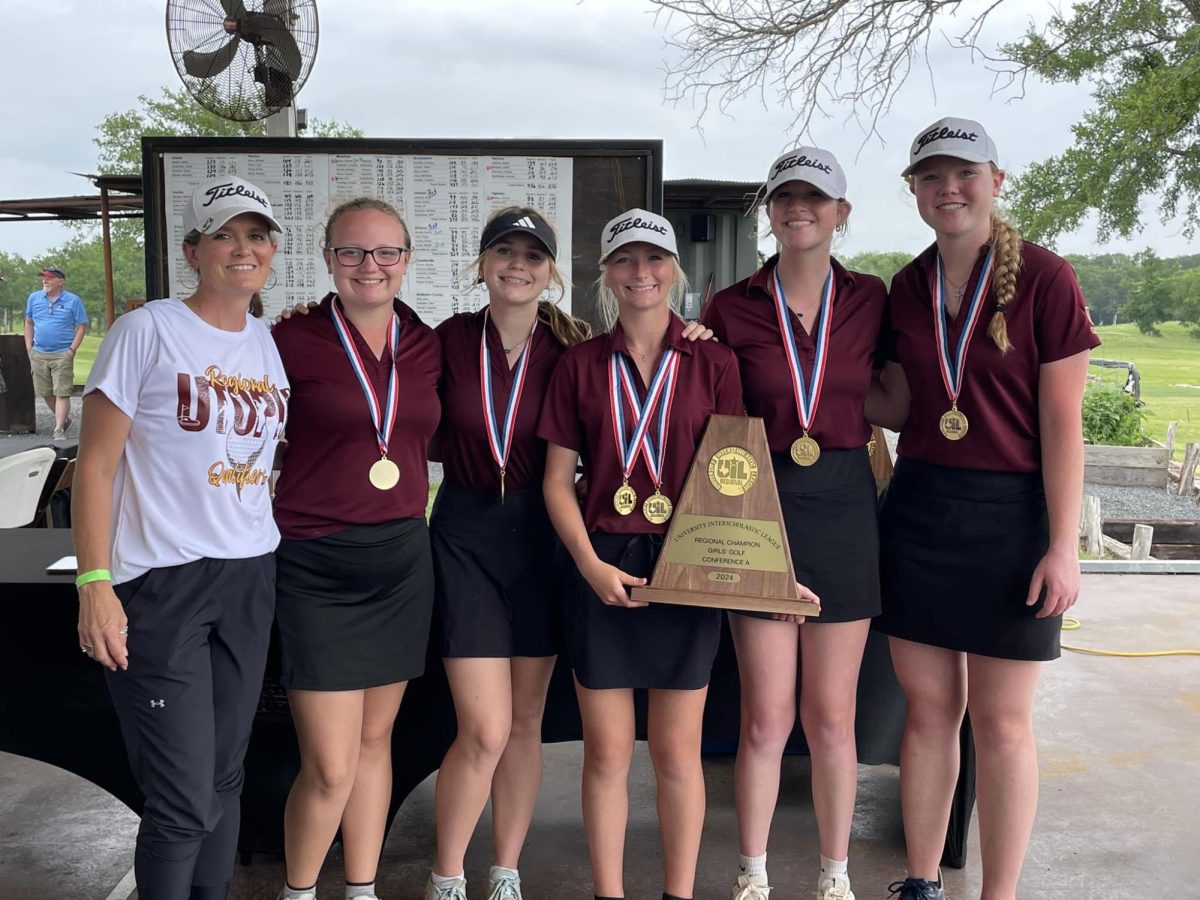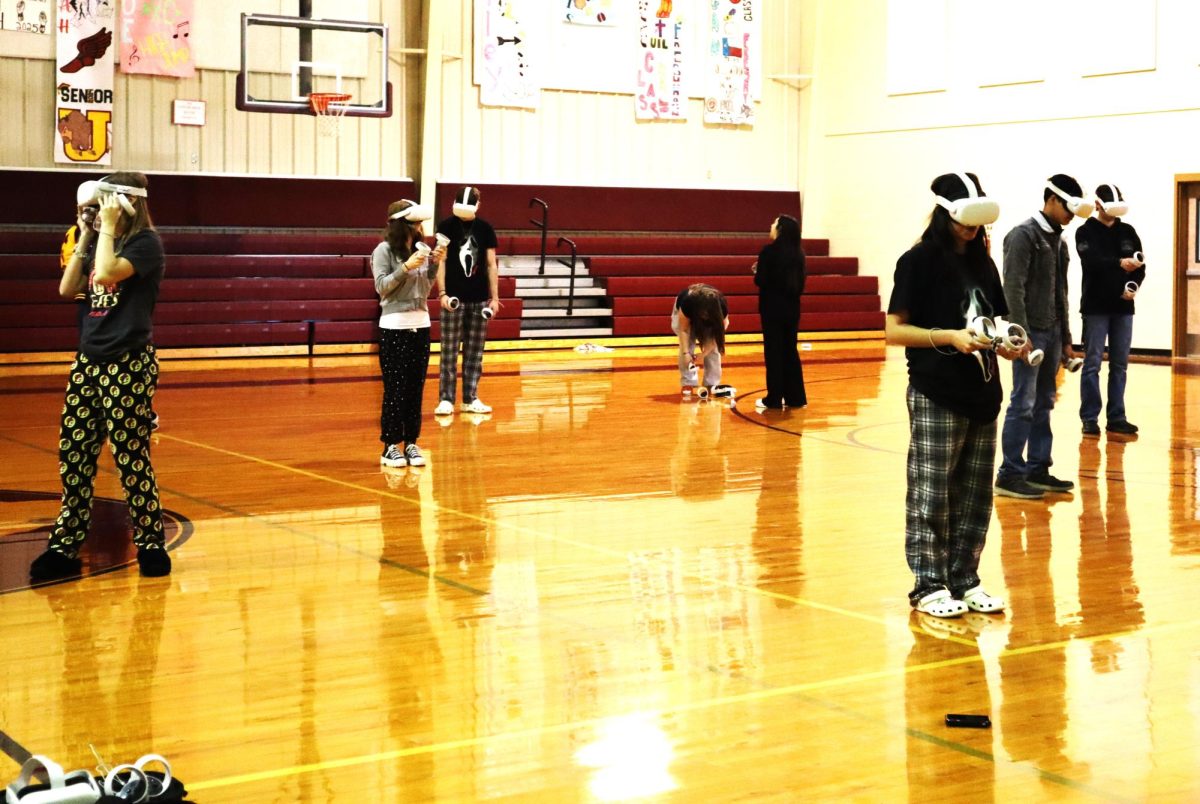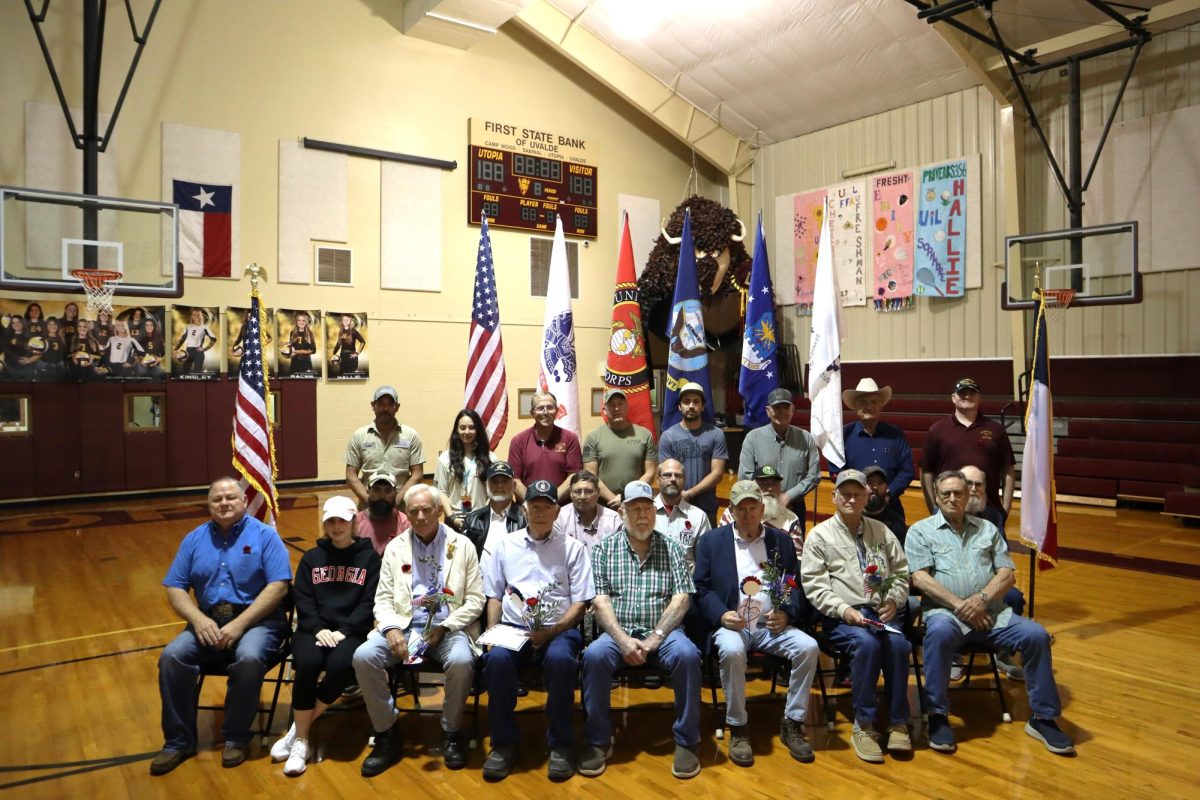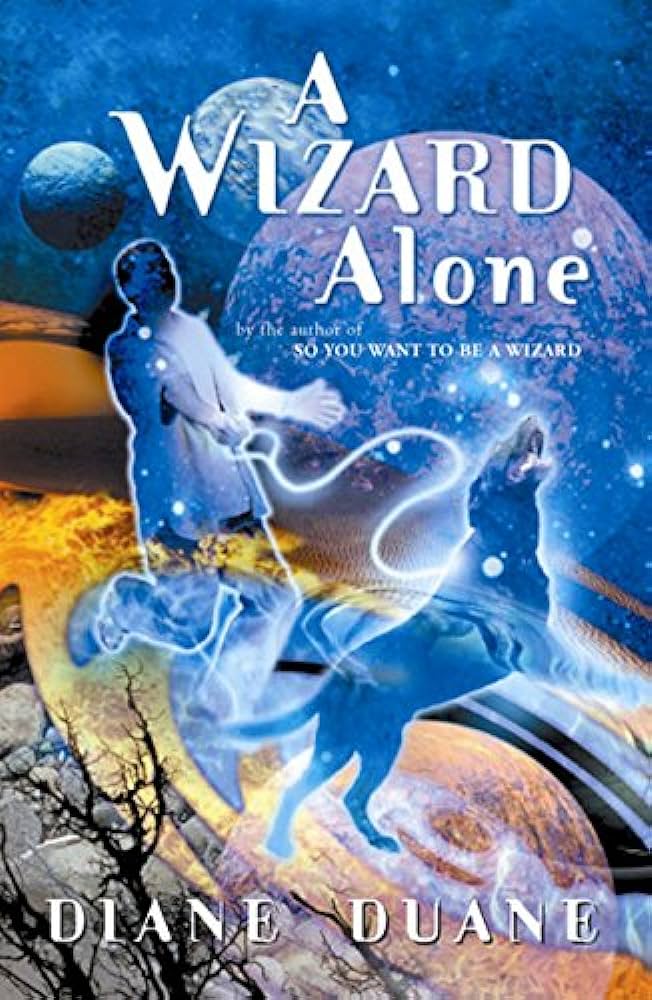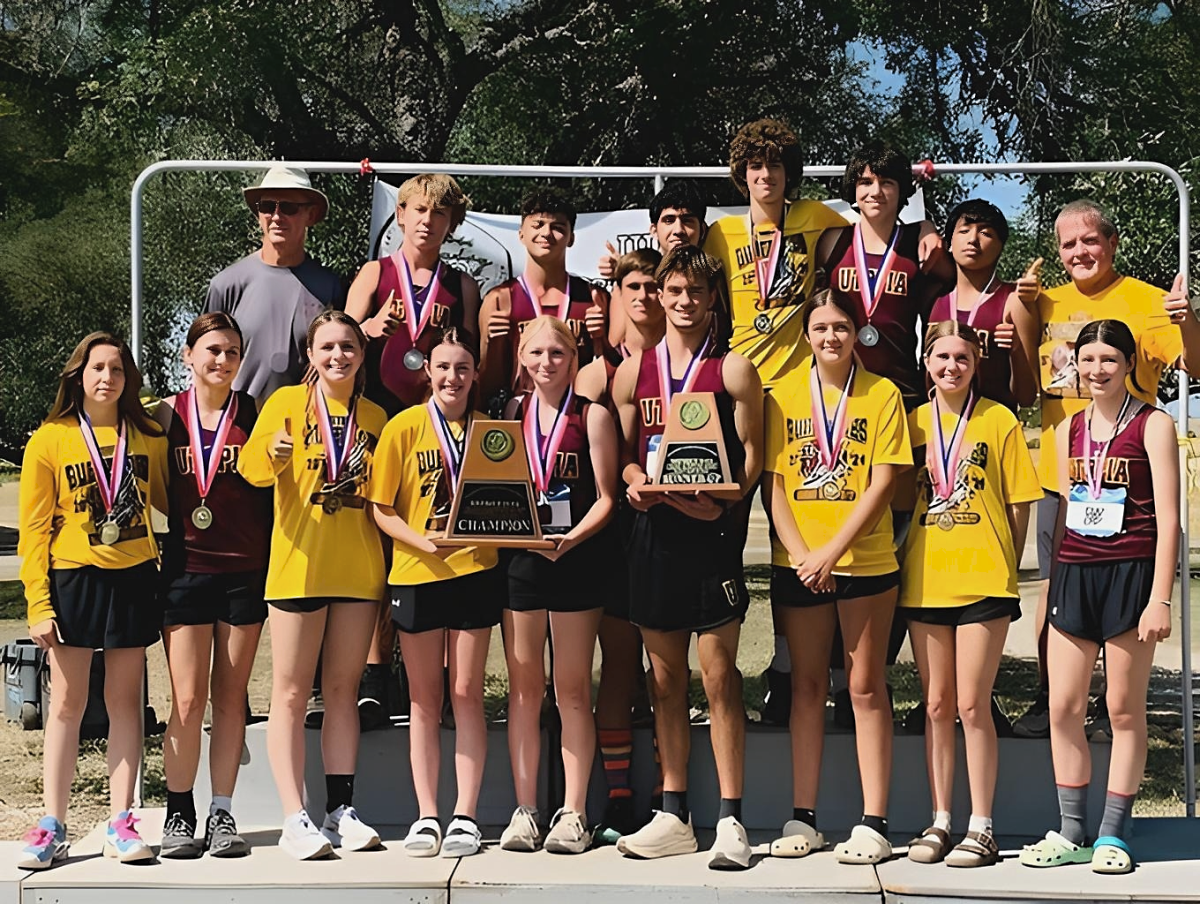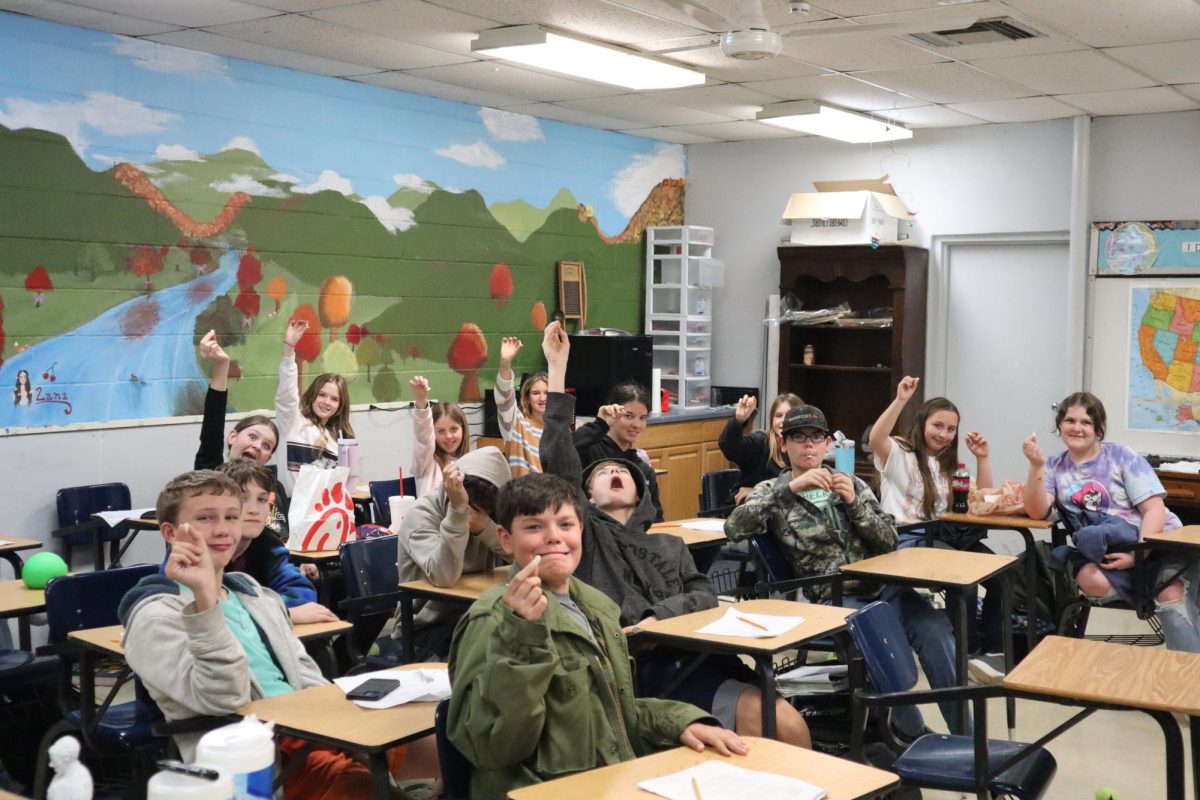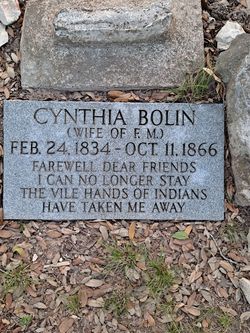The pioneers who settled in Sabinal Canyon were hardy individuals, but one of the toughest was Sarah Kincheloe. She settled in the canyon in 1852 with her siblings and father, Captain William Ware, without their mother, Elizabeth Ware, who had passed away three years prior. Captain Ware, with the help of other pioneer families, founded a settlement that came to be known as Waresville, which eventually became Utopia. All that remains of the original settlement is the Waresville cemetery located by the Utopia golf course.
Unfortunately, Captain Ware died on March 9, 1853, leaving his children parentless and Sarah to care for her 13-year-old brother John Ware and five younger sisters. Fortunately, other settlers lived in the canyon, and they looked after the children. One of those settlers was Robert “Bob” Kincheloe, a former Texas Ranger who caught the eye of 15-year-old Sarah. Her brother John, who was now 14, gave away his sister at the wedding, who wore a pink calico dress imported from San Antonio for the occasion. Since there were no preachers yet this far west, Justice White from New Foundland, Medina County, traveled to Waresville to perform the ceremony.
When the settlers first moved into Sabinal Canyon, they did not have many problems with the local Native American tribes other than the occasional horse stolen in the night by Indian raiders, though there were also some occasional skirmishes with Comanche and Kickapoo raiders.
By 1866, the Kincheloe family had moved and built a home on Little Creek, approximately 2 miles up the creek from the Sabinal, where they lived with their three young children, Johnny age 7, Elizabeth, age 5, and an infant named Mahalia. On October 11, 1866, a terrifying event occurred that would forever change the lives of the Kincheloe family and their neighbors, the Bolins. Mr. Kincheloe and his neighbor Mr. Bolin were away picking corn from a field that he had recently purchased. Since the men would be away, Ms. Bolin brought her two daughters, Anna and Ella, to stay at the Kincheloe cabin.
The next day Sarah’s son Johnny informed his mother that two Kickapoo braves were trying to steal one of the family’s horses. They watched as the Indians roped their horse, and Sarah considered firing at them, but she decided not to, hoping that they would take the horse and leave and not bother the family.
That is not what happened, and the two men approached the cabin first, killing the family’s dogs. Sarah’s husband had left her a carbine rifle for protection but had not taught her how to shoot it, so Sarah pointed the gun out of a loophole in the wall, hoping it would scare off the Indians. They soon realized she wasn’t firing at them and began attempting to shoot arrows through the loopholes. They then managed to open a window shutter and started firing arrows and throwing lances into the cabin. Sarah was hit 11 times by arrows and lances and soon collapsed, at which time Ms. Bolin grabbed the rifle and was soon killed by an arrow through her heart. The Indians then ransacked the house looking for valuables and money, ignoring the children hiding under a bed. When they found little of value, they eventually left the house leaving the children unharmed. According to an account by the children, Sarah muttered, “O, my God, the time has come for me to die.”
Sarah’s eight-year-old son Johnny then left to seek help for their dying mother while his sisters tended to her wounds as best they could. When help arrived, it was reported that Sarah’s sister said
“She is shot all to pieces! She is bound to die!” “No, she won’t,” someone answered. “She is a Ware, and you can’t kill a Ware.” That statement proved to be prophetic because though Sarah lingered near death for days, she eventually recovered. The family moved from their home on Little Creek and built a home in present-day Utopia where they built a large 10-room home made of limestone and native cypress from the banks of the Sabinal. Sarah outlived her husband by over 20 years and passed away on January 31, 1917, and is buried at the Waresville Cemetery
